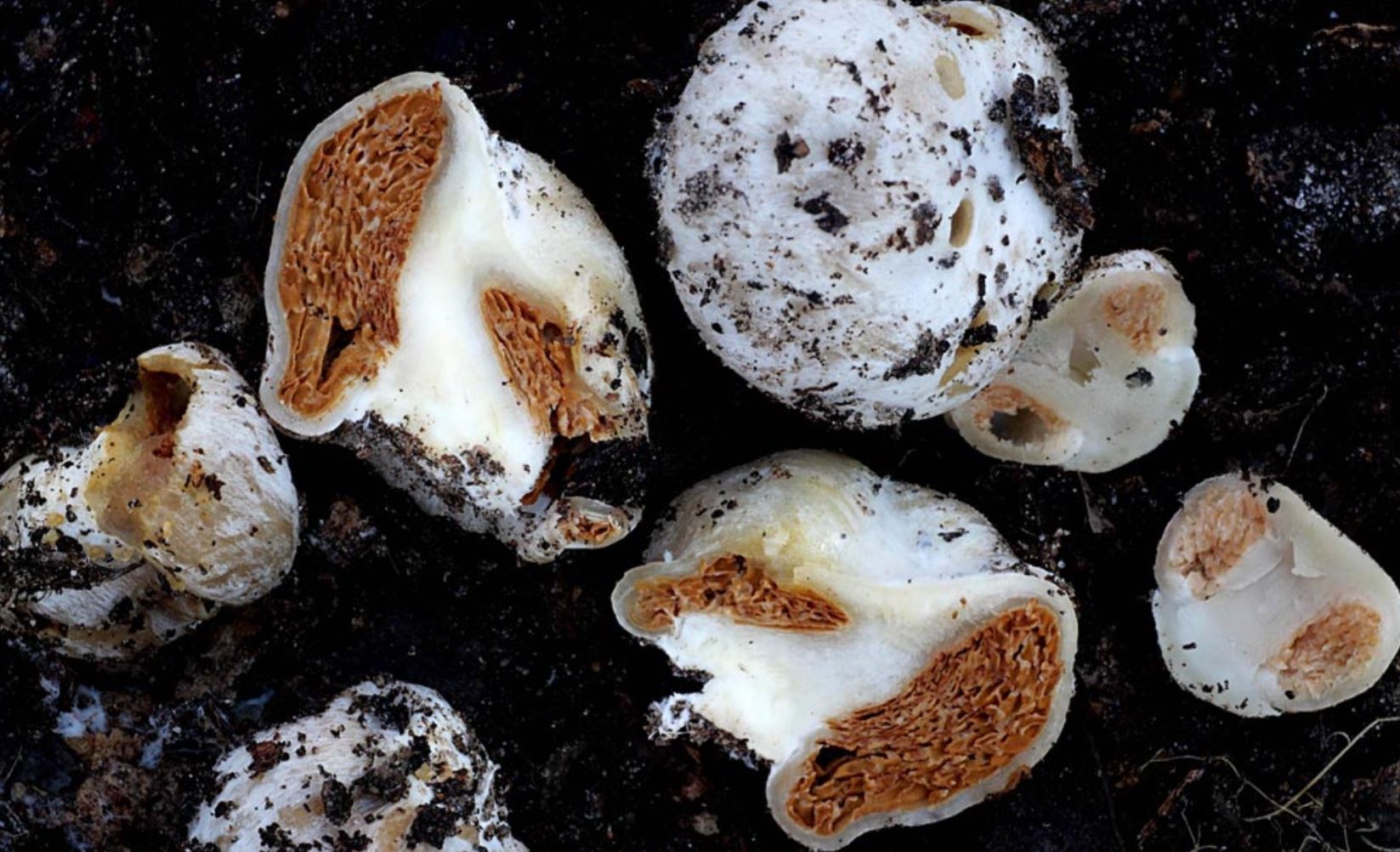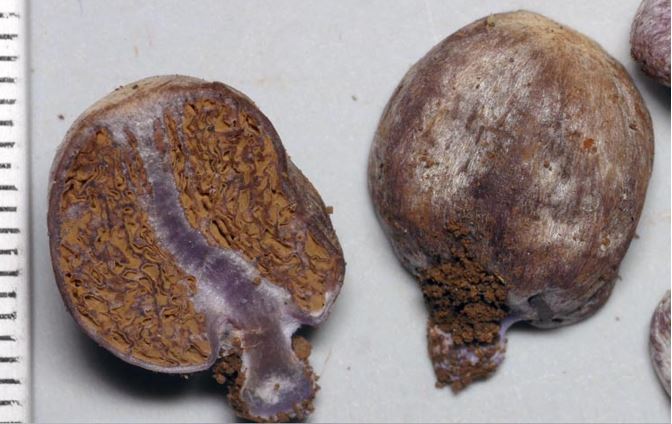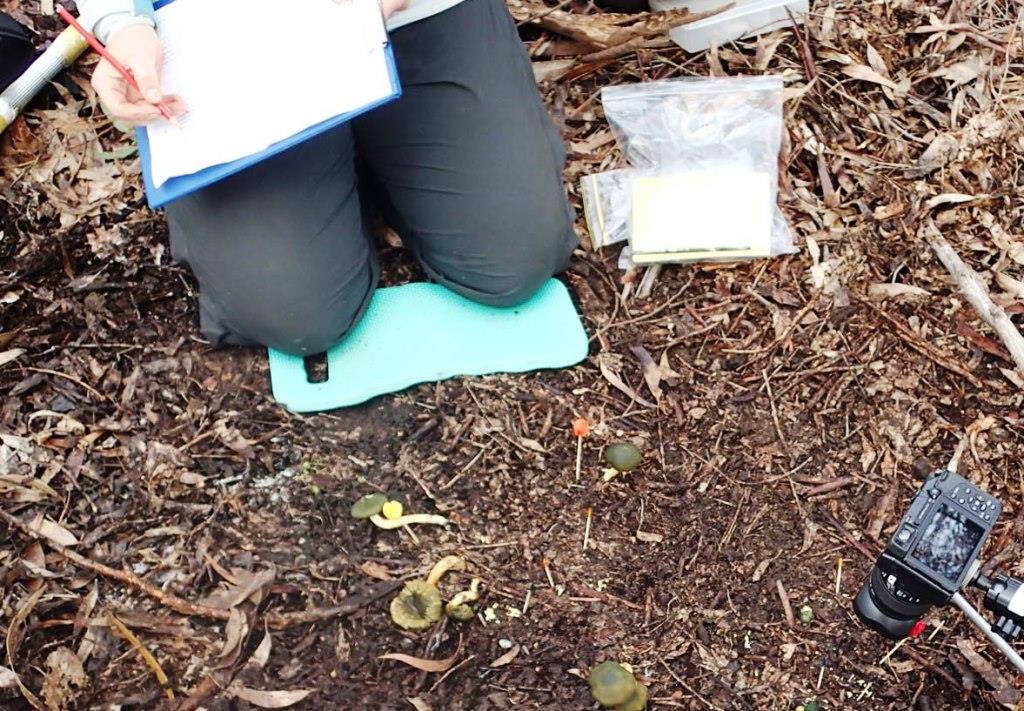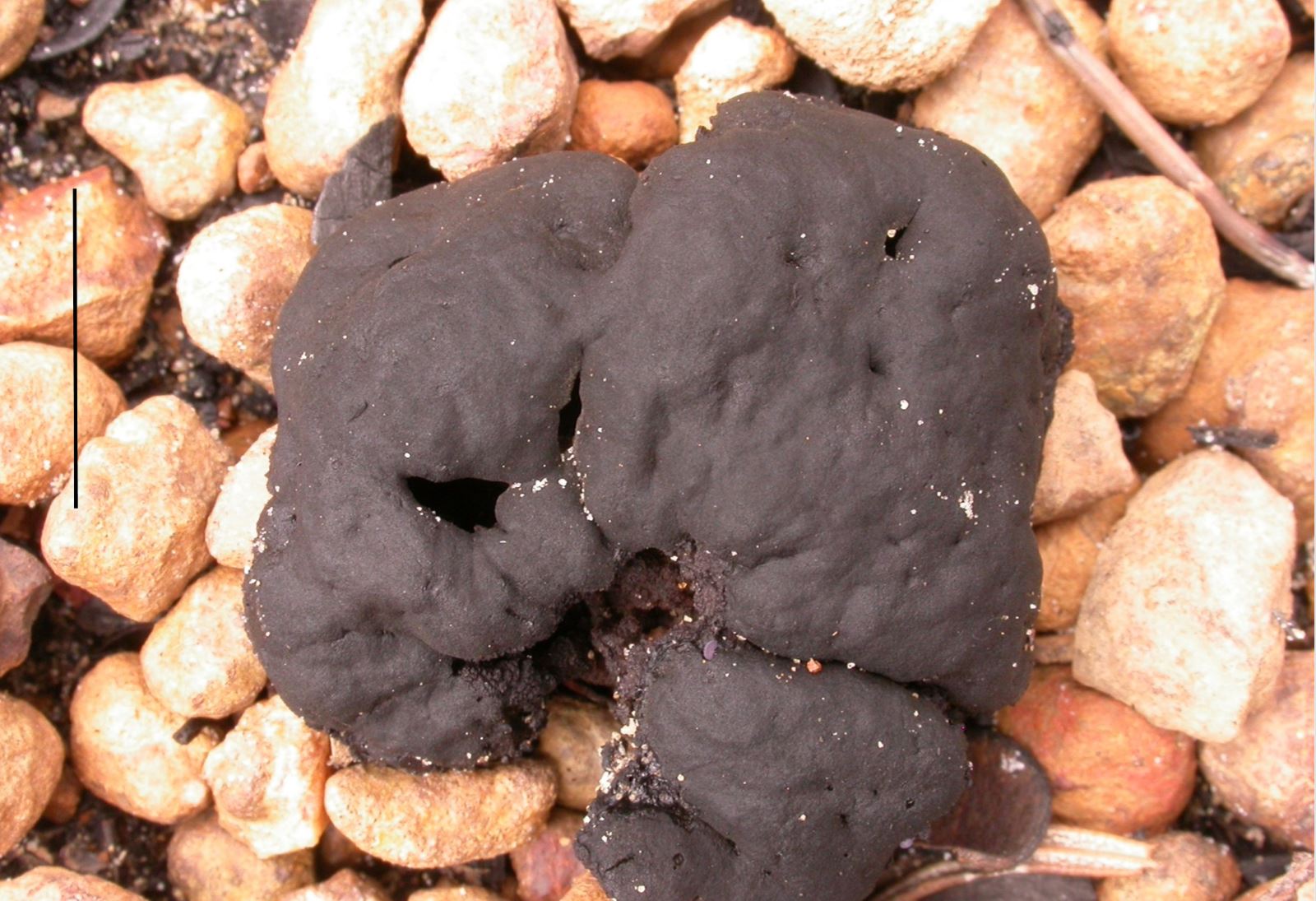
Collection and analysis of Australian native truffle DNA is under way as part of a novel $1 million international research project.
Australasian mycologists are leading the project supported by the to investigate how truffles have evolved from fungi, a change that made them better adapted to drought.
Subterranean truffle-like fungi have evolved independently in many of the major groups of above-ground mushroom-like fungi.
Discovering the genes that determine how the mushrooms adopted the underground life cycle could help unlock answers to past eras of climate change.
Whole genome sequencing will allow an understanding of how rapidly fungi can evolve to adapt to environmental change, says project leader Flinders University Emeritus Professor David Catcheside.
“Given the evidence that our climate is warming, and the central roles fungi play in ecology, understanding the genetic changes that made truffles from mushrooms has become important.
“The truffle form is an adaptation to a warm, dry climate because an emergent fungus is vulnerable to rapid drying and thus has a limited time to launch spores to disperse them.”
Australia has a large number of truffles and DNA sequencing research has shown that the truffle-like forms of fungi have arisen independently many times in different fungal families.
DNA sequence analysis suggests that many of these evolutionary changes to the truffle form occurred in the Miocene epoch, a warm period which stretched from about 23 million to 5 million years ago.
“The DNA sequencing will help to establish the unique qualities of Australian truffles in the fungi world – and how truffles, compared to mushrooms and other fungi, are better suited to hotter, dryer conditions in Australia because they live completely underground,” Professor Catcheside says.
“Not only will we be able to identify more truffles during the three-year project but also discover the genetic changes that made a truffle out of a mushroom.

“Apart from enclosure of the spore bearing tissues and a loss of stalk to push it above ground the fungus has to develop an odour to attract an animal to eat it and disperse its spores.
“Our work may also help in understanding the roles they play in their symbiotic relationships with trees and in their promotion of soil health.”
A spin-off from the project is finding new truffle species. So far an average of about three a year are being added to the several hundred species already known, inching towards the estimate of perhaps 1500 species in Australia.
Small mammals such as potoroos, bandicoots and bettongs can detect truffles often by their odour. They then dig them up, eat them and the spores are deposited in their droppings in a new location.
The fertilisers provided by the scats help the fungal spores to germinate and establish further symbiotic associations with trees to the benefit of the environment.
Aside from the few that are of culinary interest, many of the truffles are of major economic importance because of the three-way symbiotic association they have with trees and small mammals.
The fine threads of the truffle mycelium, the hyphae, can penetrate spaces too small for plant root hairs. The fungal hyphae can therefore access water and minerals which would be inaccessible to tree roots. The water and minerals are passed to the tree in exchange for sugars which provide the energy for the fungus to grow.
“Finding the truffles to obtain the DNA and RNA samples needed for the project is a challenge as we lack the chemosensory sensitivity of the small mammals and very few of the mycelia we find have all the stages of development we need,” Professor Catcheside explains.
Attempting to eat Australian truffles is unwise, he says.

“Some come from fungal families that include the most deadly of species, they are difficult to identify and anyway, most are too small to be of culinary interest.”
About 700 truffle-like fungi are part of almost 5000 fungal collections largely held at the with support from scientists including Professor Catcheside and his wife, Flinders adjunct academic Ms Pam Catcheside, who also is a research associate at the herbarium.
“Since many truffles and mushrooms are in mycorrhizal associations that benefit trees, the drought adapted truffles may even make our forest trees resilient to climate change,” Ms Catcheside adds.
Records of herbarium collections, once databased, go on the Australian Virtual Herbarium and eventually to the Atlas of Living Australia. South Australia is the driest state on the driest continent in the world.
From pristine conservation parks on Kangaroo Island to the Eyre and Fleurieu peninsulas, Murraylands and Flinders Ranges, the Catchesides work in tandem with mycologists in other states of Australia Tasmania, Victoria, New South Wales, Western Australia and Queensland.
Fungi are not plants or animals but are in a separate kingdom of living organisms.
While 40% of Australia’s 15,000-plus larger fungi have been described, less than 10% of its estimated 250,000 or so miniscule microfungi (mould-like) are documented.
“As fungi are essential for a ‘healthy’ environment, that environment cannot be managed effectively if you don’t know what you have got across our huge continent,” Professor Catcheside says.
“Australia’s largely unexplored truffles are thought vital not only for the survival of vegetation but also some of our native animals in hotter, dryer conditions.”
In a step towards better understanding of the biota, a workshop in Australia by the , which compiles the IUCN Red List of Threatened Species, considering 100 Australasian fungi for their conservation value.









